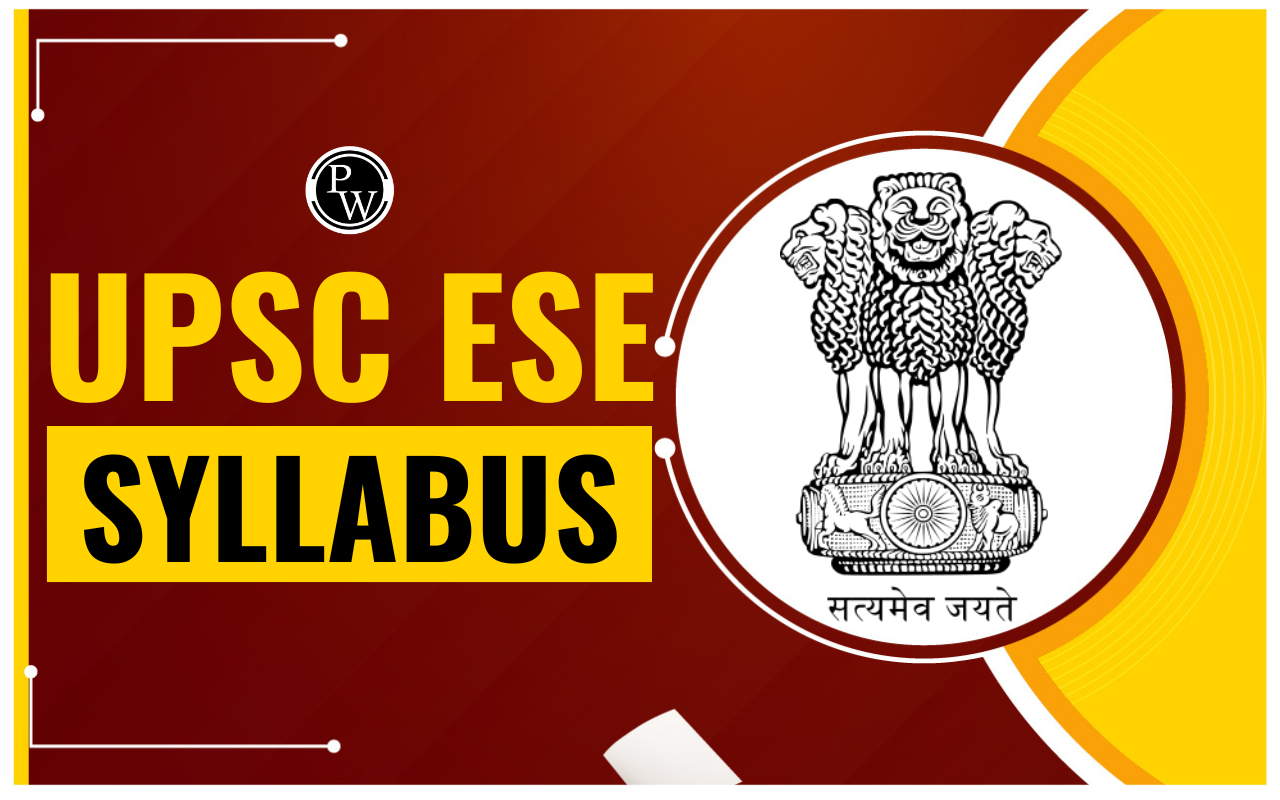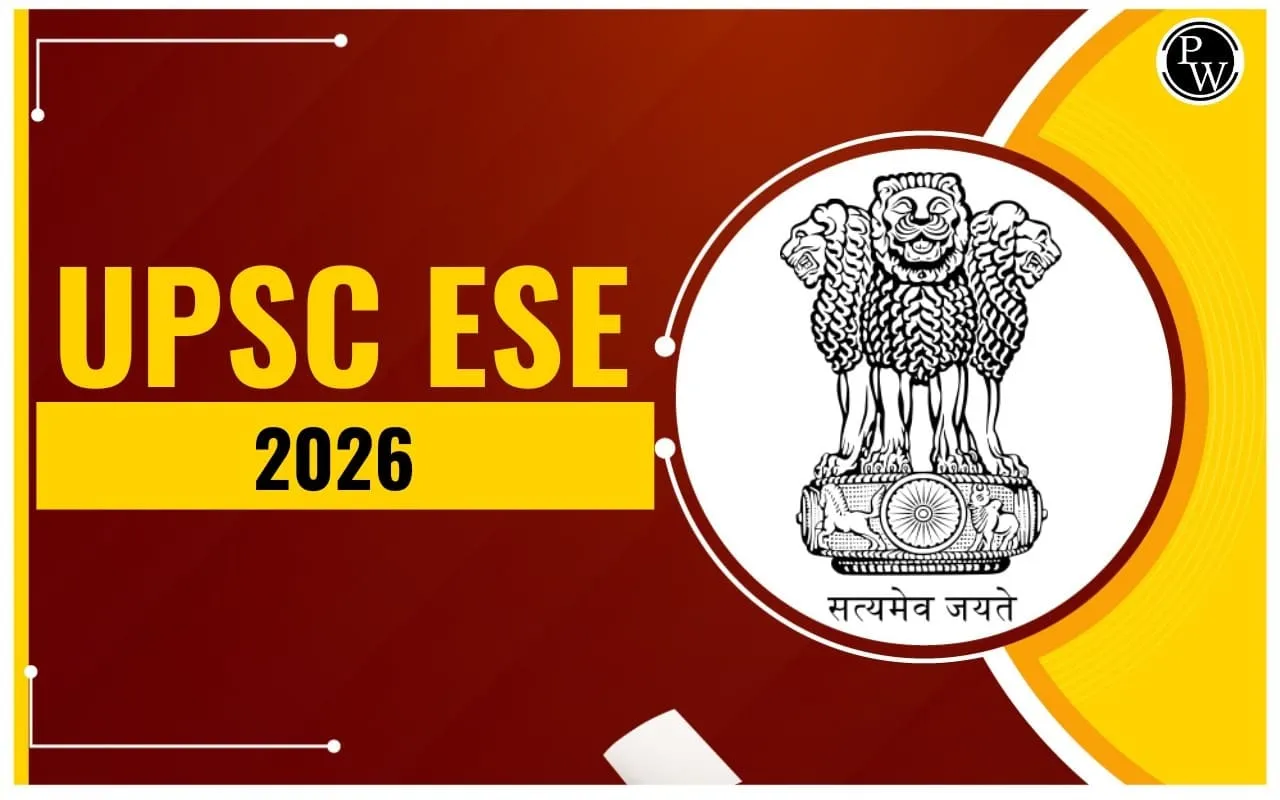

Difference Between Call By Value And Call By Reference: In programming, when we pass arguments to a function, there are two common methods: Call by Value and Call by Reference. Call by Value involves passing a copy of the actual parameter's value to the function. In contrast, Call by Reference passes the memory address of the actual parameter to the function. The choice between these two methods depends on the program's requirements. Call by Value is used if the function needs to use the parameter's value without modifying it. Call by Reference is used if the function needs to modify the original value of the parameter.
Difference Between Call By Value And Call By Reference
When we talk about programming languages, there are two ways in which a function can access the value of its parameters passed to it. These concepts are important to understand as they have a great impact on the way functions behave in different programming languages.Call by Value
Call by value is a method of passing arguments to a function. In this method, a copy of the actual parameter's value is passed to the function. This means that any changes made to the value of the parameter inside the function do not affect the value of the parameter outside the function. Let's explain this to you by example. Assume that we have a function that takes an integer as a parameter and increments it by 1.| void increment(int a) {a = a + 1; printf("The value of the integer inside the function is %d \\\\n", a);} |
| increment(5); // The value of the integer inside the function is 6 |
| int x = 5; increment (x); printf ("The value of the integer outside the function is %d \\\\n", x); // The value of the integer outside the function is 5 |
Call by Reference
Calling a function by reference is a method of passing arguments to it. In this method, the memory address of the actual parameter is passed to the function. This means that any changes made to the value of the parameter inside the function affect the value of the parameter outside the function. Let's take the same example as before, but with call by reference.| void increment(int *a) {*a = *a + 1; printf("The value of the integer inside the function is %d \\\\n", *a);} |
| int x = 5; increment(&x); // The value of the integer inside the function is 6 |
| int x = 5; increment(&x); printf("The value of the integer outside the function is %d \\\\n", x); // The value of the integer outside the function is 6 |
Advantages and Disadvantages of Call by Value and Call by Reference
Advantages of Call by Value
- Simplicity - Call by Value is a simple and straightforward method that is easy to understand and use.
- Safety - Call by Value ensures that the original data passed to the function remains unchanged. This can prevent unexpected changes to data and improve program stability.
- Predictability - Call by Value is predictable because the value of the argument passed to the function remains constant throughout the function call. This can help prevent bugs and make debugging easier.
- Easy to Debug - Since Call by Value doesn't change the original data, debugging can be easier as you don't have to worry about the function affecting the original data.
Disadvantages of Call by Value
- Performance - Call by Value requires copying the value of the argument to a new memory location, which can be time-consuming and use more memory than Call by Reference.
- Limited Access - Call by Value only allows access to a copy of the original data, which can limit the ability to modify the original data.
Advantages of Call by Reference
- Efficiency - Call by Reference is more efficient because it avoids the overhead of copying the value of the argument to a new memory location.
- Full Access - Call by Reference provides full access to the original data, which allows for more flexibility in modifying the data.
- Flexibility - Call by Reference can be used to return multiple values from a function, which can be useful in certain situations.
Disadvantages of Call by Reference
- Complexity - Call by Reference is more complex than Call by Value, and requires a good understanding of memory management.
- Safety - Call by Reference can be unsafe because it allows direct access to the original data. This can lead to unexpected changes to the data and make debugging more difficult.
Difference Between Call By Value And Call By Reference Conclusion
In summary, call by value and call by reference are two methods of passing arguments to a function. Call by value passes a copy of the value of the actual parameter to the function. In contrast, call by reference passes the memory address of the actual parameter to the function. Call by value does not affect the parameter's value outside the function, while call by reference does. It is important to understand these concepts as they greatly impact the way functions behave in different programming languages.Difference Between Call by Value and Call by Reference FAQs
What are the advantages of Call by Value?
One advantage of Call by Value is that it is a simpler method and requires less memory. Since the function only has access to the value of the parameter, it cannot accidentally modify the original value in the calling function, which can help prevent bugs and errors.
What are the advantages of Call by Reference?
One advantage of Call by Reference is that it can be more efficient in certain situations, as it avoids the need to create a copy of the parameter. It can also allow for more complex and flexible functions, as it enables the function to modify the original parameter.
What is the difference between Call by Value and Call by Reference?
The main difference between Call by Value and Call by Reference is that Call by Value passes a copy of the parameter value to the function, while Call by Reference passes a reference to the memory location of the parameter. This means that Call by Value cannot modify the original value of the parameter in the calling function, while Call by Reference can.
When should I use Call by Value?
Call by Value is useful when you want to ensure that the original value of the parameter is not modified, or when you only need to access the value of the parameter in the function.
When should I use Call by Reference?
Call by Reference is useful when you want to modify the original value of the parameter in the calling function, or when you need to access the parameter in a complex or flexible way.
Can I use both Call by Value and Call by Reference in the same function?
Yes, you can use both Call by Value and Call by Reference in the same function, depending on the needs of the function and the parameters being used.
Talk to a counsellorHave doubts? Our support team will be happy to assist you!

Check out these Related Articles
Free Learning Resources
PW Books
Notes (Class 10-12)
PW Study Materials
Notes (Class 6-9)
Ncert Solutions
Govt Exams
Class 6th to 12th Online Courses
Govt Job Exams Courses
UPSC Coaching
Defence Exam Coaching
Gate Exam Coaching
Other Exams
Know about Physics Wallah
Physics Wallah is an Indian edtech platform that provides accessible & comprehensive learning experiences to students from Class 6th to postgraduate level. We also provide extensive NCERT solutions, sample paper, NEET, JEE Mains, BITSAT previous year papers & more such resources to students. Physics Wallah also caters to over 3.5 million registered students and over 78 lakh+ Youtube subscribers with 4.8 rating on its app.
We Stand Out because
We provide students with intensive courses with India’s qualified & experienced faculties & mentors. PW strives to make the learning experience comprehensive and accessible for students of all sections of society. We believe in empowering every single student who couldn't dream of a good career in engineering and medical field earlier.
Our Key Focus Areas
Physics Wallah's main focus is to make the learning experience as economical as possible for all students. With our affordable courses like Lakshya, Udaan and Arjuna and many others, we have been able to provide a platform for lakhs of aspirants. From providing Chemistry, Maths, Physics formula to giving e-books of eminent authors like RD Sharma, RS Aggarwal and Lakhmir Singh, PW focuses on every single student's need for preparation.
What Makes Us Different
Physics Wallah strives to develop a comprehensive pedagogical structure for students, where they get a state-of-the-art learning experience with study material and resources. Apart from catering students preparing for JEE Mains and NEET, PW also provides study material for each state board like Uttar Pradesh, Bihar, and others
Copyright © 2025 Physicswallah Limited All rights reserved.
Get App











